Easter in Haiti
Easter week is a time of great celebration in Haiti and, as in so many other aspects of Haitian life; it is a combination of Catholic and Voodoo tradition. Along with personal reflection and attending worship services focused on the last days of Christ on earth, Haitian Easter observances also include processions in which rara bands play a central role. During the Lenten period, and continuing through Holy Week, these processions are loosely organized assemblies of musicians playing homemade drums, trumpets, maracas, bells, and whistles. Dancers and singers perform as they follow along, clad in flamboyant, free-wheeling costumes. These processions often grow and diminish during their course, and may carry political nuance as well as religious significance. Click here for a video portrayal of both Catholic observance and rara performance. http://search.yahoo.com/search;_ylt=A0oGdW4LZFBRmQ8AVtul87UF?p=easter%20celebration%20in%20haiti&fr=ush-mailn&fr2=sfp
Specialty foods for Haitian Easter include cooked chicken, beets, rice, and black beans such as those prepared following the recipe below. As they say in Haitian Creole, “Bonn fet Pak!” (Happy Easter!)
HAITIAN EASTER BLACK BEANS:
2 cups dried black beans, picked through, rinsed, and soaked overnight
4 cups water
1 large onion, chopped
1 green pepper, chopped
5 cloves minced garlic
2 bay leaves
1/2 tsp. salt
1/2 tsp. oregano
1/2 tsp. thyme
1 tsp. ground black pepper
1-4 oz. jar pimentos, drained and chopped
1/2 c. cider vinegar
1/2 c. vegetable oil
Drain soaked beans and add them to 4 c. water in a large saucepan. Bring to boil, reduce heat, cover pan and simmer for 30 minutes. Add onions, green pepper, garlic, bay leaves, salt, pepper, thyme and simmer the ingredients 1 hour longer, checking periodically and adding more water as necessary. Stir in vinegar, pimentos, and oil and remove bay leaves. Heat through and serve.
Contributed by Linda for Beyond Borders/It’s Cactus

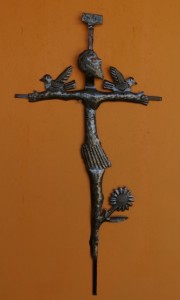
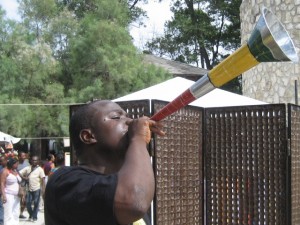


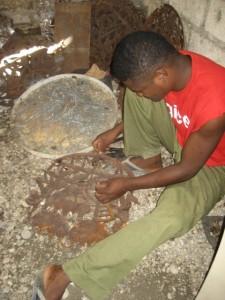
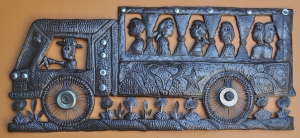
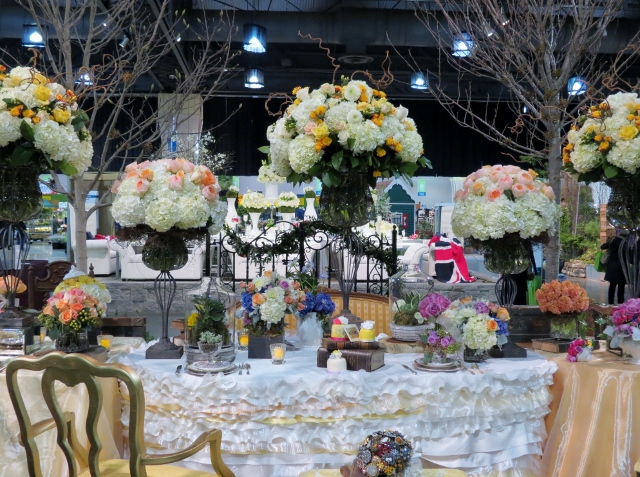

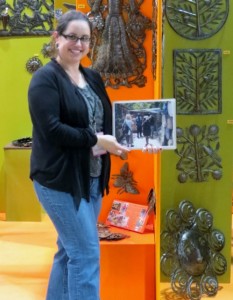
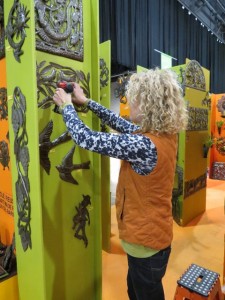

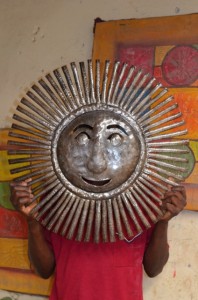
![rec455[1]](https://blog.itscactus.com/wp-content/uploads/2013/02/rec4551-300x293.jpg)
![th[1]](https://blog.itscactus.com/wp-content/uploads/2013/02/th1.jpg)